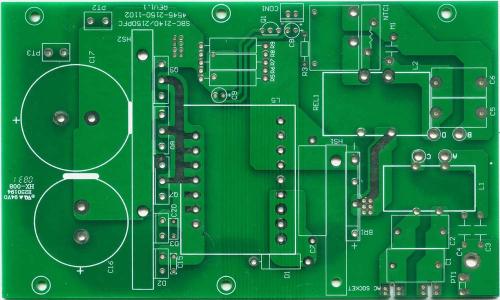 +86 755 2794 4155
+86 755 2794 4155  sales@knownpcb.com
sales@knownpcb.com
-
Shenzhen KNOWNPCB Technology Co., Ltd.
 +86 755 2794 4155
+86 755 2794 4155  sales@knownpcb.com
sales@knownpcb.com
 2024-05-22
2024-05-22
 644
644

Despite the cost factors mentioned above, the price of flexible assembly is decreasing and becoming closer to traditional rigid circuits. The main reason is the introduction of updated materials, improved production processes, and structural changes. The current structure enhances the thermal stability of the product, with few material mismatches. Some updated materials can produce more precise lines due to the thinner copper layer, making the components lighter and more suitable for fitting into small spaces. In the past, copper foil was adhered to a medium coated with adhesive using roller pressing technology. Nowadays, copper foil can be directly generated on the medium without using adhesive. These technologies can produce copper layers several micrometers thick, resulting in
Precision lines with a width of 3m.1 or even narrower. After removing certain adhesives, flexible circuits have flame retardant properties. This can accelerate the uL certification process and further reduce costs. Flexible circuit board solder masks and other surface coatings further reduce the cost of flexible assembly.
In the coming years, smaller, more complex, and more expensive flexible circuits will require more innovative methods of assembly and the addition of hybrid flexible circuits. The challenge for the flexible circuit industry is to leverage its technological advantages to maintain synchronization with computers, remote communication, consumer demand, and active markets. In addition, flexible circuits will play an important role in lead-free operations.

Or call +86 755 2794 4155
Inquiry Now

